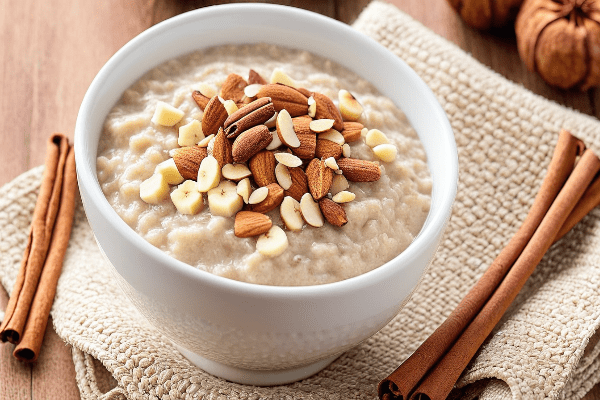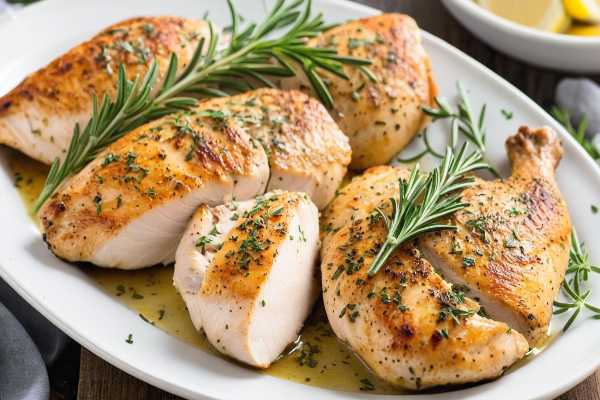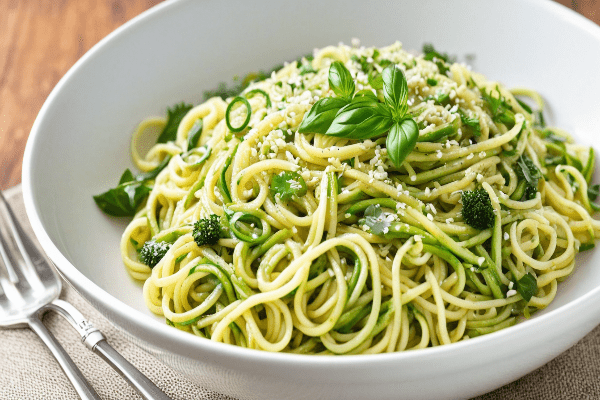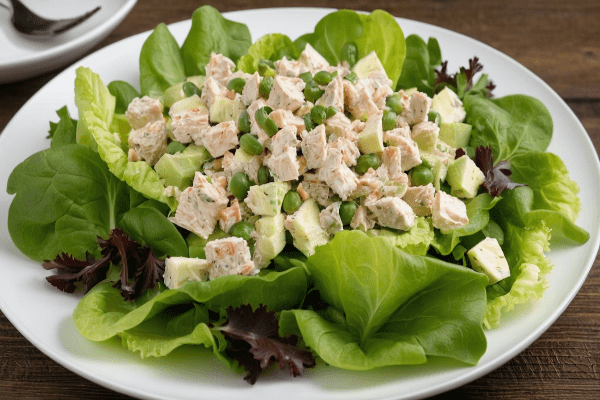These recipes are not only kidney-friendly but also balanced and flavorful, catering to a variety of tastes and dietary needs. Always consult with your healthcare provider or a dietitian to ensure the recipes fit your specific health conditions and dietary restrictions.

1. Apple Cinnamon Porridge
Ingredients:
- 1 cup rolled oats
- 2 cups water or low-potassium milk alternative
- 1 apple, peeled and chopped
- Cinnamon to taste
- Honey (optional, to sweeten)
Preparation:
- Combine oats and water or milk alternative in a saucepan. Bring to a boil, then reduce heat to simmer.
- Add chopped apple and cinnamon.
- Cook until oats are soft and the mixture has thickened.
- Sweeten with honey if desired. Serve warm.

2. Baked Chicken with Herbs
Ingredients:
- 2 boneless, skinless chicken breasts
- 1 tablespoon olive oil
- Herbs (thyme, rosemary, and oregano)
- Garlic powder and black pepper to taste
Preparation:
- Preheat oven to 375°F (190°C).
- Brush chicken breasts with olive oil and season with herbs, garlic powder, and black pepper.
- Place chicken on a baking sheet lined with parchment paper.
- Bake for 25-30 minutes or until the chicken is cooked through (no longer pink inside).
- Serve with a side of steamed green beans or your choice of low-potassium vegetables.

3. Zucchini Noodles with Garlic and Olive Oil
Ingredients:
- 2 medium zucchinis
- 2 tablespoons olive oil
- 2 cloves garlic, minced
- Brocolli florets
- Salt (optional and sparingly) and pepper to taste
- Grated Parmesan cheese (optional, in moderation)
Preparation:
- Spiralize the zucchinis into noodles.
- Heat olive oil in a pan over medium heat.
- Add the minced garlic and brcolli florets and sauté for about 1 minute.
- Add the zucchini noodles and sauté for 2-3 minutes, until tender.
- Season with a pinch of salt (if using) and pepper.
- Serve hot, topped with a sprinkle of Parmesan cheese if desired.

4. Tuna Salad on Lettuce
Ingredients:
- 1 can (4 ounces) low-sodium tuna, drained
- 2 tablespoons mayonnaise (low in sodium)
- 1 stalk celery, finely chopped
- 1 tablespoon lemon juice
- Black pepper to taste
- Lettuce leaves for serving
Preparation:
- In a bowl, combine the tuna, mayonnaise, chopped celery, and lemon juice.
- Mix well and season with black pepper.
- Serve the tuna mixture on lettuce leaves.

5. Mushroom and Barley Soup
Ingredients:
- 1 cup pearl barley
- 4 cups low-sodium vegetable broth
- 1 cup mushrooms, sliced
- 1 carrot, diced
- 1 onion, diced
- 2 cloves garlic, minced
- 1 tablespoon olive oil
- Thyme, black pepper to taste
Preparation:
- Heat olive oil in a large pot over medium heat.
- Add onions, carrots, and mushrooms. Cook until soft, about 5 minutes.
- Add garlic and cook for another minute.
- Stir in the barley, then add the vegetable broth and bring to a boil.
- Reduce heat, cover, and simmer until barley is tender, about 30 minutes.
- Season with thyme and black pepper to taste.
- Serve hot.







